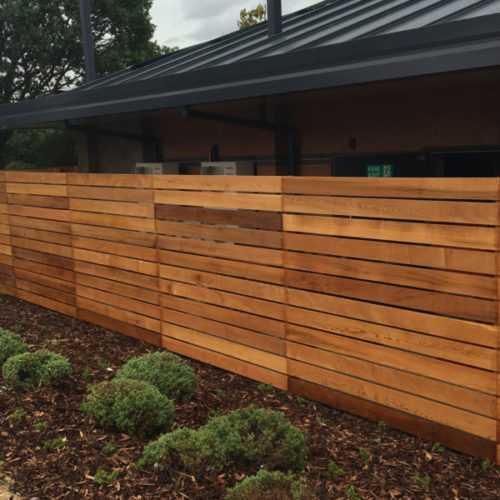Cedar Wood Facts, Grades, Uses & Industry Insights | AIFP
At American International Forest Products, we trade a variety of wood and other industrial products for construction and manufacturing projects across the country. In this month’s blog, our cedar experts cover everything you need to know about cedar wood, including what it’s used for, how it’s graded, and more.
Cedar Wood Facts
Cedar wood comes from Cedar trees – these coniferous trees naturally produce a very fragrant wood that adds to the ambiance of any space. At AIFP, our cedar traders deal in Inland Red Cedar, Western Red Cedar, and Incense Cedar, all of which grow in different geographical locations.
Cedar Wood Uses
Cedar wood tends to be used for its natural beauty, which means it isn’t typically hidden in the framing of a construction project. With this visual appeal, cedar lends itself to be used in many applications like fencing, decking, siding, and trim. Because of its aromatic smell and natural insect-repellent, some types of cedar can also be used in manufacturing dressers and other clothing storage.
Western Red Cedar in particular is prized for its naturally occurring moisture-resistance, decay-resistance, and insect repellent. Not only is it durable and stable, but its aesthetic beauty makes it ideal for a wide range of interior and exterior projects. It’s also incredibly lightweight, making it easy for professional and amateur use. The best part? Western red cedar wood is extremely versatile, and unlike other woods, you’re not limited by standard colors and styles.
Cedar Wood Grades
Cedar wood grades can vary from mill to mill, which is why it’s so important to work with an experienced cedar trader who has a working knowledge of the grading system at each mill, as well as the proprietary grades outside of the normal grading system. Here’s a quick look at some of the most common grades of cedar.
Clear Grades
Clear grade wood is a type of cut that ensures consistent color across multiple boards and leaves them free of holes and knots. Clear-grade Cedar is used on projects where appearance is of the utmost importance. The most common clear grades are:
- Clear Vertical
- A Clear
- No. 2 Clear and Better
- D and Better Clear
- Custom Clear
Knotty Grades
Knotty grades, also known as common lumber, are utilized if projects desire a rustic aesthetic. Some common knotty grades include:
- Architect knotty
- Appearance Knotty
- Select Tight-Knot
- Custom Knotty
Understanding the Cedar Industry
At AIFP, our cedar traders keep a close eye on changes in the cedar industry. In the past few years, for example, there has been an increase in competition and sourcing, especially as Chinese and Japanese pseudo-cedar imports flood the market with inexpensive cedar alternatives. Composite decking has also gained popularity, causing cedar demand to dwindle. Our cedar traders have their finger on the pulse of potential tariffs, and they keep in direct contact with the major cedar manufacturers so they’re always on top of industry changes. They also regularly attend industry trade shows and are in frequent communication with potential customers so they can learn more about their individual needs.
If you’re in the market for cedar for a construction or manufacturing project, AIFP can help. Contact us to learn more about our product solutions and how we can help meet your diverse needs.

Jump Start Your Career
Up for the challenge? We'll give you the tools to excel. AIFP is continually growing. We recruit new traders year-round.
